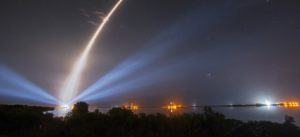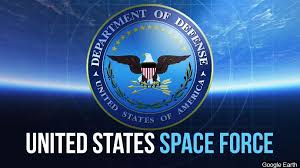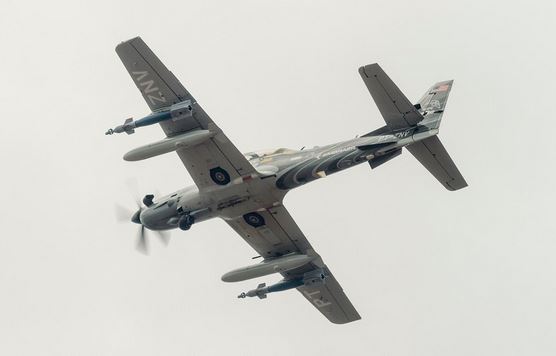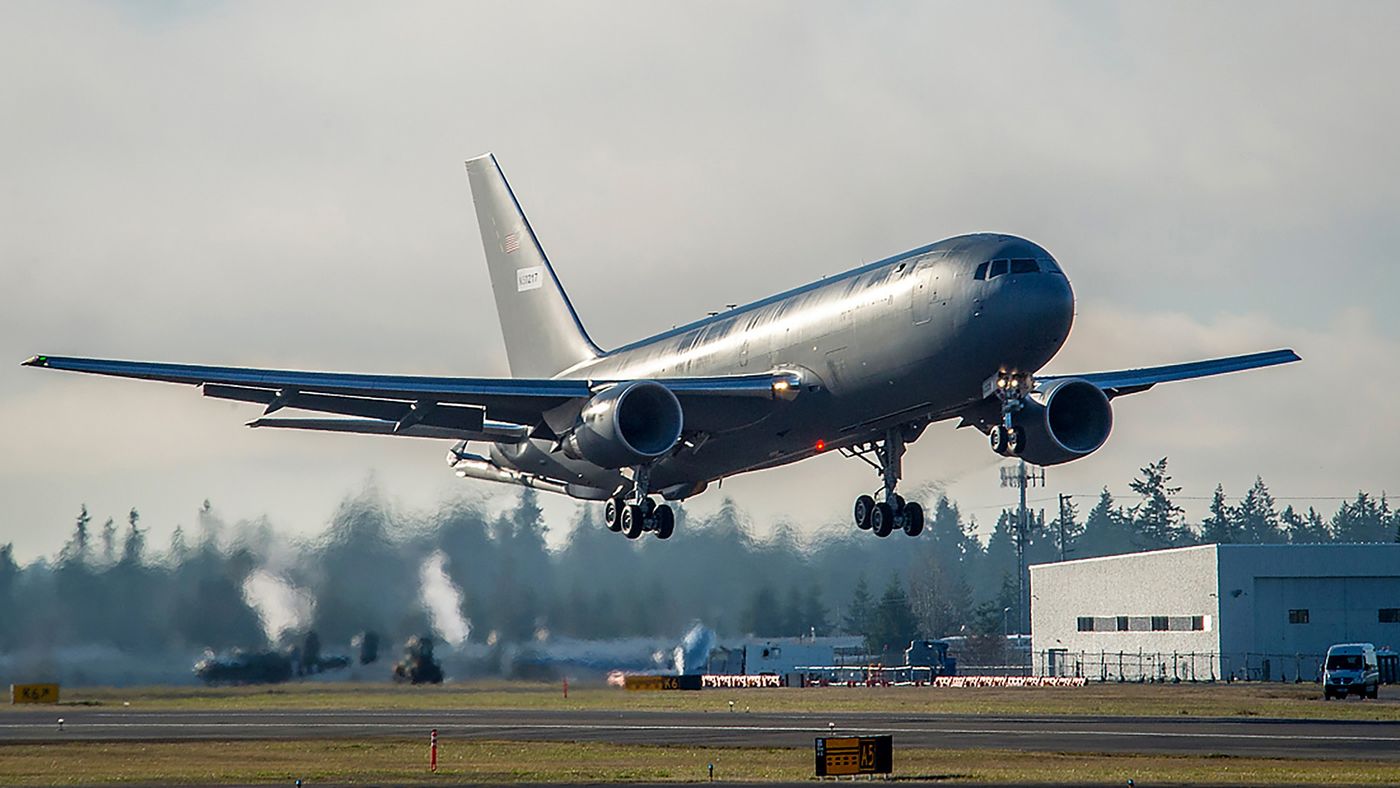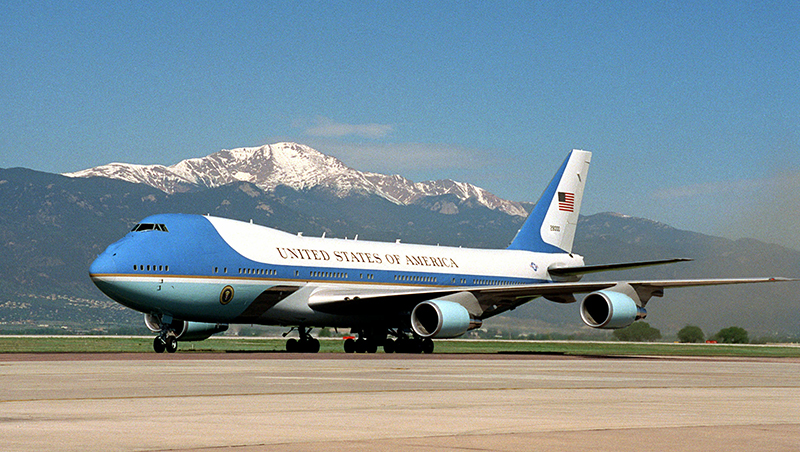Defense Officials Have Different Views on Price Tag for Space Force
By Debbie Gregory.
Just how much should be budgeted to create the Space Force military branch championed by President Trump? The estimates offered up by senior defense officials are not even close.
Deputy Defense Secretary Patrick Shanahan believes the price tag will come in a “single digit, not a double-digit” billions of dollars. “It might be lower than $5” billion, he said, although he did not specify what time frame that estimate would cover.
But Air Force Secretary Heather Wilson has estimated that standing up a Space Force and a new combatant command for space warfare would cost about $13 billion over five years.
“Our cost estimate that we gave to a lot of people in the Pentagon in September was the cost of a fully-fledged, stand-alone department and also a unified combatant command,” Wilson said. “The president is going to be making some decisions to put forward a proposal in concert with his fiscal year 2020 budget proposal that will go to the Congress in February. The costs will be really based on what are the elements in the model in that proposal.”
Todd Harrison, director of defense budget analysis and senior fellow at the Center for Strategic and International Studies, estimated it would cost the Pentagon an additional $1.5 billion to $2.7 billion over five years to stand up a new service, based on the assumption that more than 96 percent of the cost would be covered from existing budget accounts within DoD. Harrison’s numbers, however, are hard to compare directly with Wilson’s because they do not include costly items that she put into her proposal, such as a Space Command and additional programs and people needed to fight rising space rivals China and Russia.





